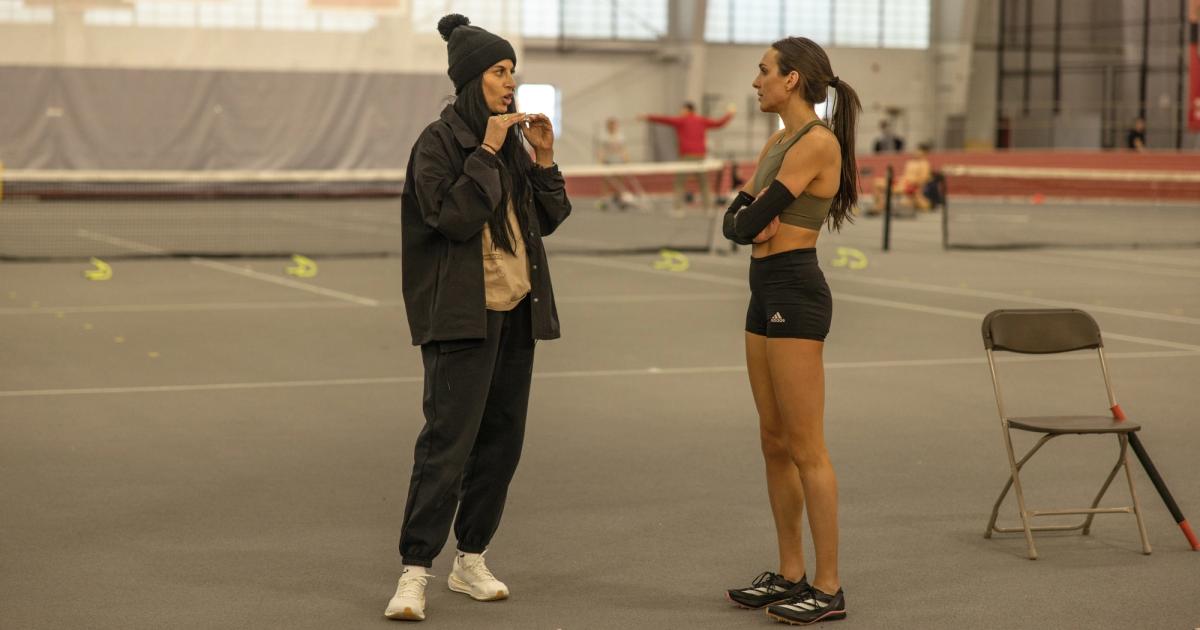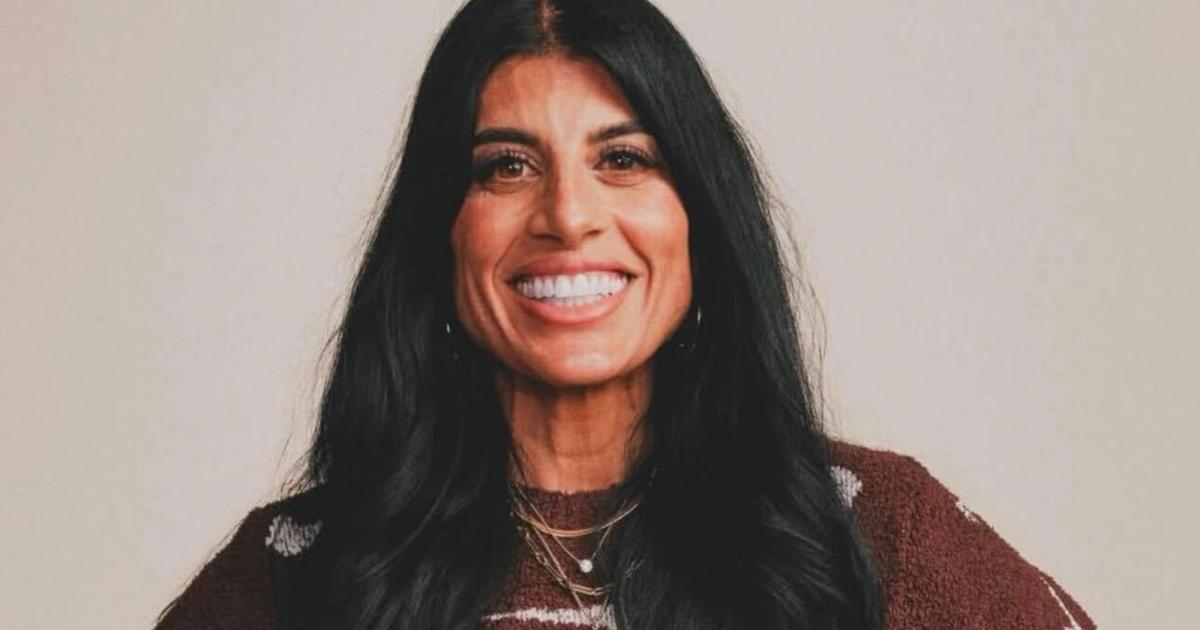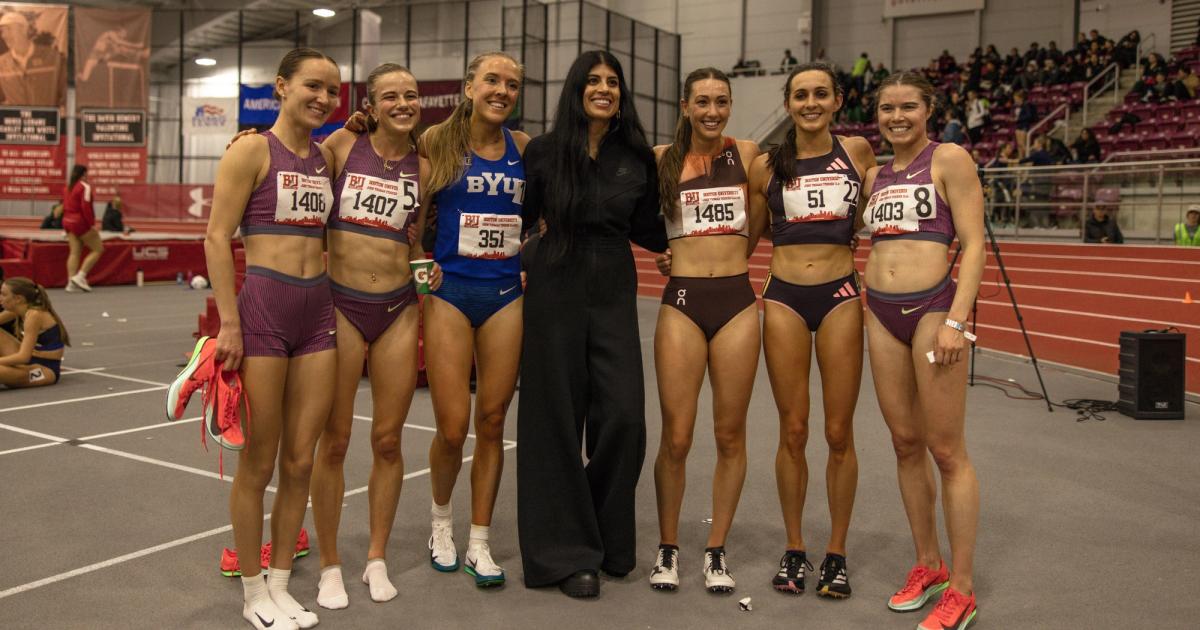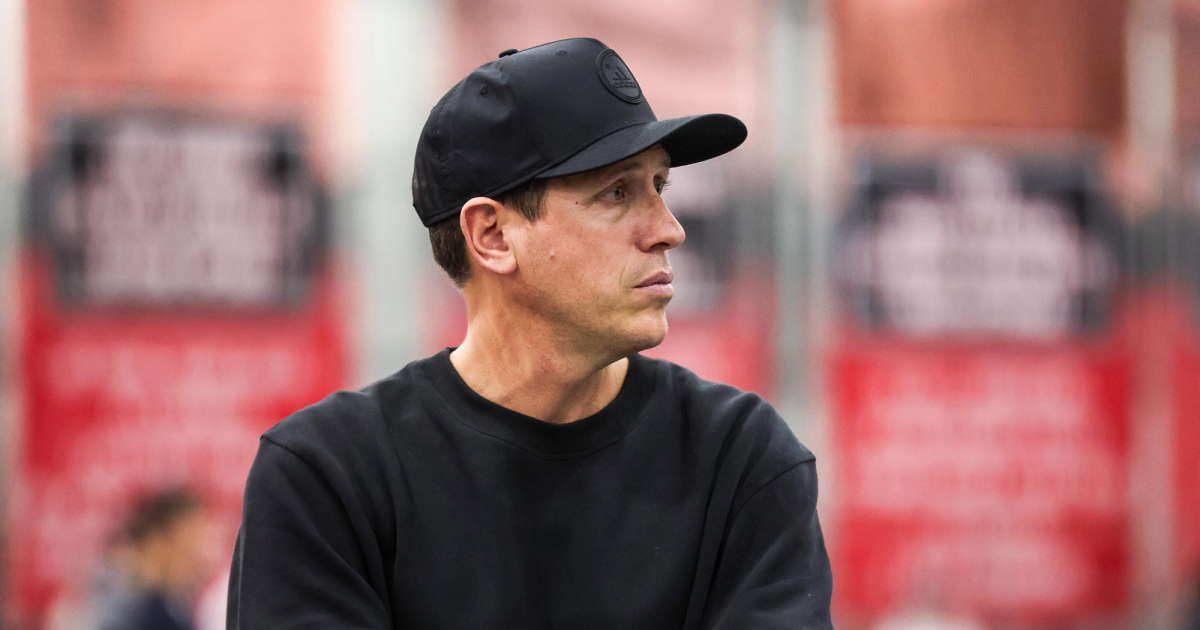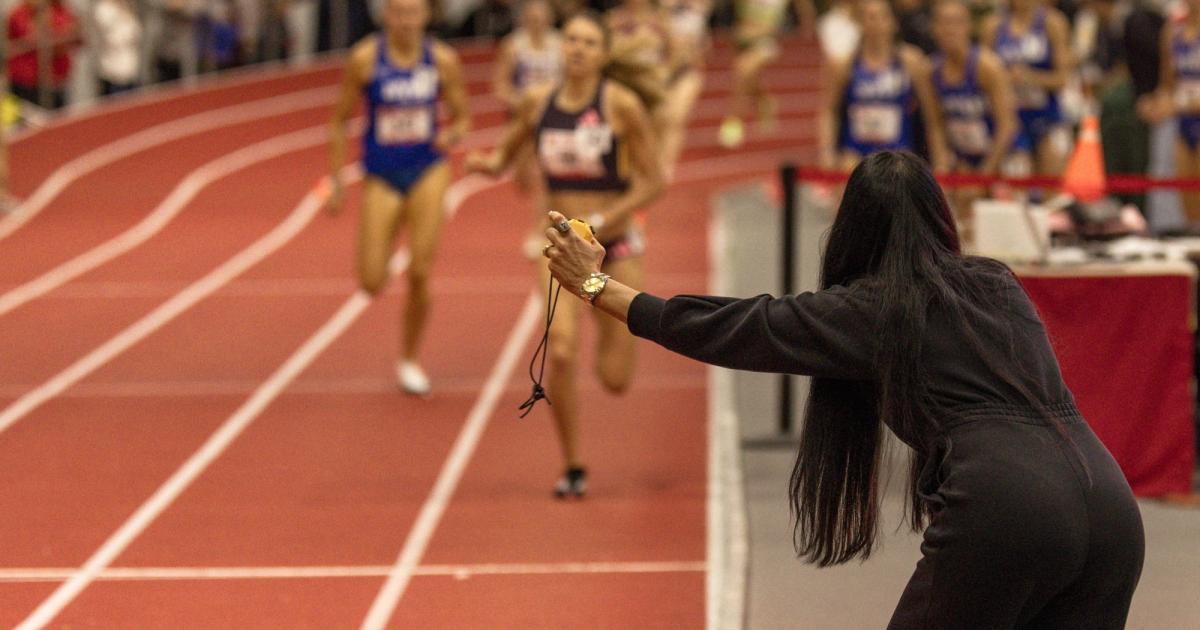By Paul Snyder
February 12, 2025
Last week, Nike announced the formation of “Swoosh TC,” a rebrand of its existing professional athlete/coach support system with a twist. Swoosh TCl unites three distinct training groups under one set of brand guidelines, each led by a widely respected coach: Diljeet Taylor in Provo, Mike Smith in Flagstaff, Jerry Schumacher in Eugene.
While the details are a bit vague and the whole thing reads more like a marketing slide deck than a specific funding and performance plan, it seems the goal is for Nike to push the bulk of its financial support for professional distance running in that direction over the coming years, banking on the Swoosh TC clubs and their leaders becoming the most desirable landing spot for the sport’s ascendant distance stars.
Because Nike has historically found success at the forefront of change in track and field, we have every reason to take their rebrand seriously. They could’ve announced two new teams, or a new coach helming one of Nike’s existing groups, but they’re creating a new, more nebulous structure: one “track club,” three coaches, three home bases.
What does that mean? Right now, we don’t know for sure, but we can hypothesize. Given that two of the three coaches (Smith and Taylor) are currently based in the high-altitude training meccas of Flagstaff and Provo and the third (Schumacher) is spitting distance from Nike’s corporate HQ and its campus, one possibility is that athletes could shift their base of training more easily between altitude stints and sea level without losing access to resources or facilities. Another is that it creates easy paths for shifting training setups with less drama. You don’t like one coach or city? Simply try another out without having to change your uniform.
Adherents to the “track and field needs stronger teams” argument may believe this announcement might usher in a renewed focus on the training group model of athlete support. American distance stars have gotten more scattered and individualized these past few years, often leaning on college coaches for guidance and structure. Companies looking to follow Nike’s lead may double down on existing, effective groups. Perhaps new ones will form in hopes of not missing out in the expectation of success and sales.
Well, if we’re entering another golden era for groups, there are a handful of things we’d like to see done differently this time around, not just by Swoosh TC but by all others, whether extant or still a twinkle in some sport’s marketer’s eye.
Think—and budget—with a long term vision.
A group launched—or reinvigorated after years on the backburner—shouldn’t be viewed as a “quick” play for glory come LA28. Yes, pursue and develop the types of athletes you think stand a shot at medaling in three and a half years. But in the event that nobody from your squad winds up on the podium, don’t immediately burn the whole thing down and start from scratch. In any other professional sport do teams come with an expiration date? No! There’s a broad understanding that building a successful program can take time and that “rebuilding years” are occasionally necessary.
That means being patient with the development of talent already in-house, as well as when it comes to signing on increasingly bright stars. But it also means a steady level of brand support. Because while a group like Swoosh TC might nominally exist to churn out world-beating distance runners, at the end of the day this is all an exercise in marketing. ROI may not be directly attributable to most individual athlete sponsorships, but there’s a calculation being made that spending money on elite track and field will positively impact the company’s bottom line. And as with any marketing initiative, sustained investment—financial and otherwise—is integral to its success.
A group should transcend one coach or individual.
Other sports realized something a long time ago: people are rarely lifelong fans of a team because of who the coach is. A coach should be thought of as important, but expendable—just another input that can be tweaked in pursuit of desired athletic results. They should not be the face of an organization.
With the notable and commendable exception of NAZ Elite, track and field has a habit of inextricably linking a group to its star coach and/or athlete. Fans of Drew Hunter or Frank Gagliano become fans of their teams, not vice versa. The problem is that all it takes is an injury, retirement, or end of contract terms to destabilize a group with an otherwise strongly-defined brand, and the result is that few of the teams that existed in 2010 are still around and recognizably familiar in 2025.
Again… this is not something that happens in any other major sport out there. Take Kentucky basketball and the rabid fans of “Big Blue Nation.” This time last year, public opinion was waning—but still behind—longtime coach John Calipari and his Wildcat program, but following Cal’s departure for the University of Arkansas, he’s now public enemy number one in Lexington and new coach Mark Pope has rapidly amassed popularity on par with a religious figurehead. And no Kentucky fans are suddenly cheering for the Razorbacks. That's normal …in every sport except track.
Professional training groups should be constructed so that one star or coach’s departure doesn’t trigger a collapse of the team. In practice, that might mean having somebody who isn’t the coach involved with high-level decision-making—on most team sports that’d be the general manager—so that there’s some continuity and reinforced team structure during times of change.
Really sell that the team means something.
This last point is probably the toughest in terms of actual implementation, but if done correctly, it takes care of the first two goals as well. The obvious criticism of the Swoosh proposal is that it’s not one team; it’s three teams. Are Ella Donaghu, Duncan Hamilton, and Abdi Nur really teammates if they live, train, and compete in completely different settings and only see each other a few times a year?
Right now, Nike is telling us they are. The challenge for the Phil Knight Brain Trust is to make us believe it. And because we don’t have the generally-accepted commonalities that sell the concept of “team,” that means it’ll be built on storytelling and branding.
That could look a lot of different ways: Nike athletes running together on more out-of-championship relays. Documenting full-group training camps on YouTube. Unifying (and publicizing) competition schedules and goals. The possibilities are endless—but necessary.
People care about teams when athletes seem to care about each other. There are plenty of examples in other sports, but also in running: from Shalane Flanagan and Amy Cragg’s marathon tactics in Los Angeles, to Kenneth Rooks pacing James Corrigan to an Olympic qualifier, to the hosts of the Coffee Club podcast. Camaraderie isn’t hard to find in our admittedly individualistic sport, but uniting the disparate wings of Swoosh TC may take some “fake it ‘til ya make it” strategizing.
Intent becomes impact when effort follows. And while that sounds like a fortune cookie or a motivational office poster, it’s nevertheless true. So when anyone—Nike or otherwise—rolls out a shiny new idea for the next chapter in track and field’s eternal quest for broader relevance, the real work is only just beginning.

Paul Snyder
Paul Snyder is the 2009 UIL District 26-5A boys 1600m runner-up. You can follow him on Bluesky @snuder.bsky.social.
